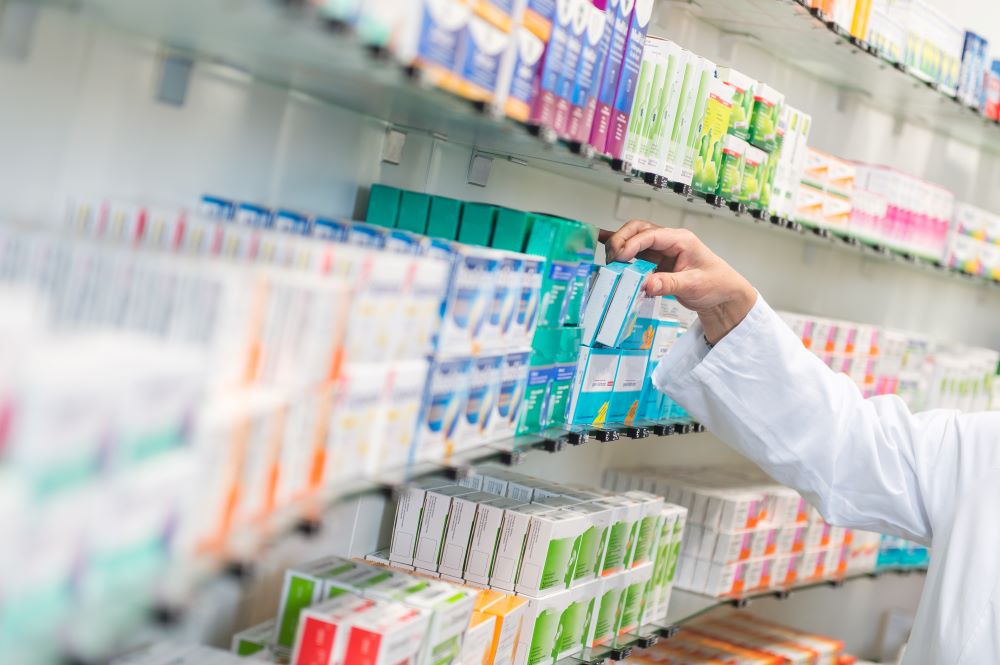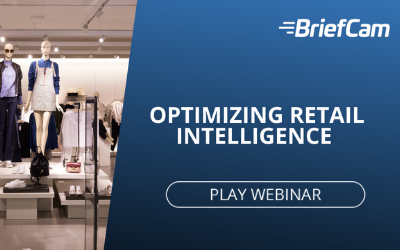Using Video Content Analytics for Loss Prevention in Pharmacies

Securing Pharmacy Inventory with Intelligent Video Surveillance
Retail pharmacies, which house pharmaceutical drugs, have to prioritize physical security in their stores and warehouses – in many cases, the FDA and similar agencies worldwide mandate that drug inventories must be secured and closely monitor the distribution of medicines. Preventing inventory loss, whether from poor inventory tracking or theft – both internal and external – is of critical importance to pharmacies. Security staff may patrol some stores, but pharmacies typically deploy video surveillance cameras with dedicated operators to monitor the feeds, to deter theft and ensure staff and customer safety.
Accelerate Investigations of Inventory Loss and Theft
When a crime or emergency occurs, relevant video evidence is reviewed to drive the post-incident investigation; however, the utility of this footage is often limited. In reality, most pharmacies or law enforcement cannot dedicate the time and resources to reviewing the vast quantity of video evidence available; and the valuable information that is captured goes untapped.

Pharmacies, like other retailers, can overcome this challenge with video content analytics software driven by Artificial Intelligence (AI). These solutions process video, identify and extract the objects that appear (people, vehicles, and other items), and index them to enable operators to easily and quickly search and analyze footage. Using filters including person gender and clothing color or vehicle type and color, pharmacies can focus video searches across multiple cameras on only the relevant criteria needed for the investigation. By accelerating video review and search, security and law enforcement operators save valuable time and resources and yields far more accurate results than manual video review. After a theft, for instance, system operators can rapidly review, search, and filter video—with precision and accuracy— based on witness accounts or known details about the crime to pinpoint suspects and persons of interest and prevent future incidents.
Improve Situational Awareness and Response Time
The same filters that can be used for searching video, can be applied for creating rule-based alerts for proactive incident prevention. With prolonged use of video analytics, organizations can benchmark trends, patterns, and normative conditions and create alerting logic when anomalous behavior is detected. Users can trigger notifications when certain conditions – or a combination of different object classes and attributes – are detected, enabling pharmacy management to increase situational awareness and respond proactively to developing events.
One activity for which alerts can be configured is illumination changes: When lights are turned on during off-hours – coupled with the detection of people at unusual times – can indicate potential criminal behavior or intent. Through real-time alerts, appropriate security decision-making and immediate responses can be triggered.
During business hours, people counting alerts can be used to notify operators when the number of customers in an area exceeds the pre-defined, safe threshold. The pharmacy may monitor the aisle more closely to investigate the anomaly and determine what intervention – if any – is necessary.
Another potential indication of malicious intent is loitering. Video content analysis can collect and aggregate information over time, to deliver customized reports such as heatmaps that display aggregated store floor traffic, to indicate the typical amounts of time consumers spend in different areas of the shop. Using this data as a reference, system operators can set benchmarks for normal dwell durations, so that the system can be configured to trigger real-time alerts whenever that normal threshold is breached. Dwell alerts are another way store security staff can keep a closer eye on suspicious behaviors.
Leverage Face Recognition
Another functionality for more targeted alerting logic is face recognition. As I mentioned above, theft may be perpetrated by internal staff or outsiders. Not all employees are allowed access to every area of the pharmacy; pharmacies have sensitive areas, such as dispensing areas, medical supply storage areas, stock rooms, and offices that may be off-limits to anyone without access credentials. The pharmacy can create a watchlist of images of approved, recognized employees for triggering notifications when non-authorized personnel is detected attempting to enter the area.
Using the same facial recognition technology, when they investigate thefts a security team might extract images of the suspected shoplifters and add them to a watchlist; they may then set up alerts if any of those past offenders are detected in the pharmacy. Face matching alerts can be configured to trigger notifications when individuals on that watchlist are recognized. In this way, security can screen for suspected shoplifters returning to the store and monitor them closely to prevent repeat offenses.
Because most pharmacies have video surveillance systems in place, it makes sense to get the most out of that technology by complementing it with video intelligence software. It’s an easy way to increase in-store situational awareness, which ultimately reduces inventory losses and theft. Pharmacies can also glean significant business intelligence from their video footage to help them manage store layout, streamline product purchasing/stocking, improve customer service, and prevent the spread of COVID-19; I’ll address those benefits in a future blog post!
Signup to receive a monthly blog digest.